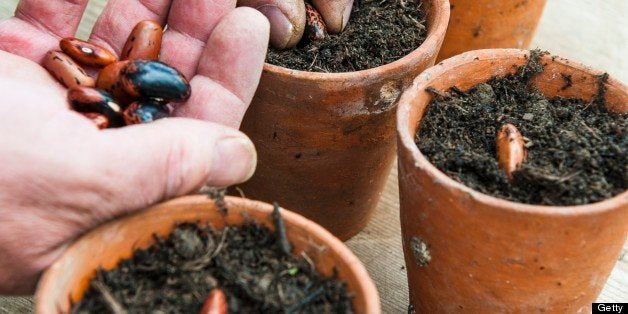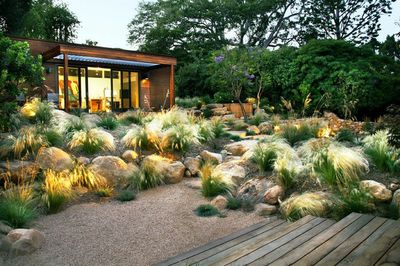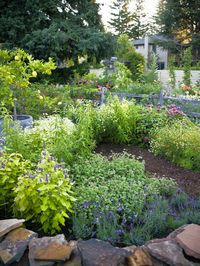
Know Your Garden's Microclimates
How can one gardener grow perfect plumerias year after year while a close neighbor fails with them? Or why does one vegetable plot produce perfect tomatoes in October, while another just down the street nearly always freezes out two weeks earlier. You may not have the answer. But if you spend evenings walking through your neighborhood, you've felt it. Maybe your route passes the cool mouth of a ravine, the south side of a stone wall that radiates heat for hours after sunset, or an unusually breezy corner. Each of these is a microclimate that favors some plants and checks the growth of others.
Learn your own property's microclimates: they can help you locate your plants in the best possible place. Walk your property, noting wind direction, cold air pockets (low-lying hollows where cold air settles and frost is usually thickest on cold mornings), the angle of sun at midday. Then choose the right plants for the spots you have in mind.
South and West-facing masonry walls collect and release heat. These are the best places to plant heat-lovers such as tomatoes, eggplant.
North sides are usually cooler and shadier, perfect for woodland plants such as ferns.
East walls can get up to a half day of sunlight, but the sun is less intense here -- conditions that plants wanting lots of light but not much heat prefer. Azaleas and fuchsias, for example.
House Eaves. They provide a couple of degrees of frost protection to tender plants underneath.
Shade trees and overhangs. A leafy arbor or tree canopy casts shade preferred by host as, impatiens, and other plants. On frosty nights, the ground beneath stays a few degrees warmer than air over open ground.
More great tips like this can be found in the Sunset Western Garden Book: The 20-Minute Gardener. Visit www.sunset.com/wg.

